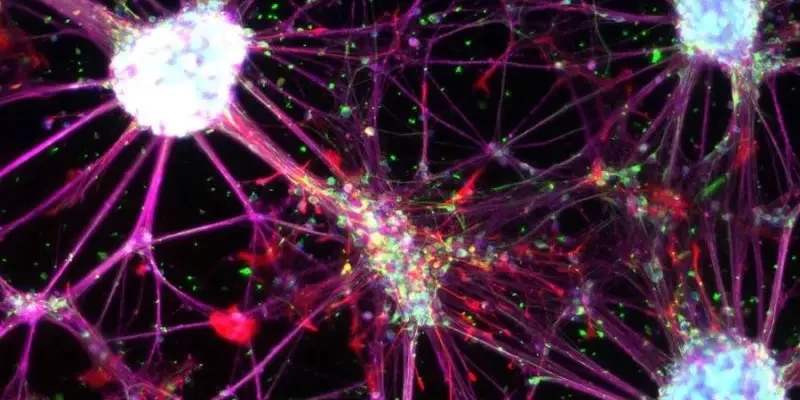It is considered that the stem cells are the most complete of our tissues: they can multiply indefinitely and then, if they are pluripotent embryonic stem cells, they generate all types of conceivable cells. The understanding of their structure and capabilities can open a world of possibilities for improving healthcare and scientific research.
Scientists from the German Cancer Research Center (DKFZ) and the HI-STEM * stem cell institute in Heidelberg have reprogrammed the cells of human blood directly into a previously unknown type of neural stem cell. Alike those that occur during the early embryonic development these induced stem cells appear to have similar characteristics. They can be modified and multiplied indefinitely in the culture dish and can represent an important basis for the development of regenerative therapies.
In 2006, Japanese scientist Shinya Yamanaka acknowledged that these cells could also be produced in the laboratory, from mature body cells. Four genetic factors alone are enough to reverse the course of development and produce the so-called induced pluripotent stem cells (iPS) that have properties identical to embryonic stem cells. Yamanaka received the Nobel Prize in Medicine in 2012 for this discovery. “This was a breakthrough for stem cell research,” said Andreas Trumpp, German Cancer Research Center (DKFZ) and Director of HI-STEM in Heidelberg.
“This applies directly to research in Germany, where the generation of human embryonic stem cells is not allowed. Stem cells have enormous potential both for basic research and for the development of regenerative therapies that aim to restore diseased tissue in patients.”
Andreas Trumpp, German Cancer Research Center (DKFZ )
Cell reprogramming
For the first time, the Trumpp team has managed to reprogram mature human cells in such a way that a definite type of induced neural stem cells is produced is capable of multiplying almost indefinitely. “We use four genetic factors like Yamanaka, but they are different for our reprogramming,” explains Marc Christian Thier, first author of the study. “We assumed that our factors would allow reprogramming at an early stage of nervous system development.”
Previously, research groups also reprogrammed connective tissue cells into mature nerve cells or neural precursor cells. Although, these artificially produced nerve cells often could not expand and, therefore, could hardly be used for therapeutic purposes. “Often, it was a heterogeneous mixture of different types of cells that might not exist in the body under physiological conditions,” explained Andreas Trumpp.
Together with the stem cell researcher Frank Edenhofer of the University of Innsbruck and the neuroscientist Hannah Monyer of DKFZ and the University Hospital of Heidelberg, Trumpp and his team have succeeded in reprogramming different human cells: cells of the connective tissue of the skin or the pancreas, as well as peripheral blood cells.
“The origin of the cells had no influence on the properties of the stem cells.”
Marc Christian Thier, first author of the study
Future of Stem Cells
The uniqueness of the reprogrammed cells of the Heidelberg researchers is that they are a type of homogeneous cell that take after a stage of neural stem cells that occurs during the embryonic development of the nervous system. “The corresponding cells exist in mice and probably also in humans during the early development of the embryonic brain,” said Thier. “We have described here a new type of neural stem cells in the mammalian embryo.”
The possibility of, through noninvasive procedures, extract neural stem cells from the blood of patients is a decisive advantage for future therapeutic approaches. Although regulated or not accepted in several countries, Stem Cells continue to prove a great method of treating plenty of problems in the human. As more studies prove them functional and safe, plus discovering different types of them to cover more uses, they will become a better known and used treatment that may eventually diminish the high amounts of invasive and harmful medical procedures that occur all around the world.
Source: German Cancer Research Center (Deutsches Krebsforschungszentrum, DKFZ)





